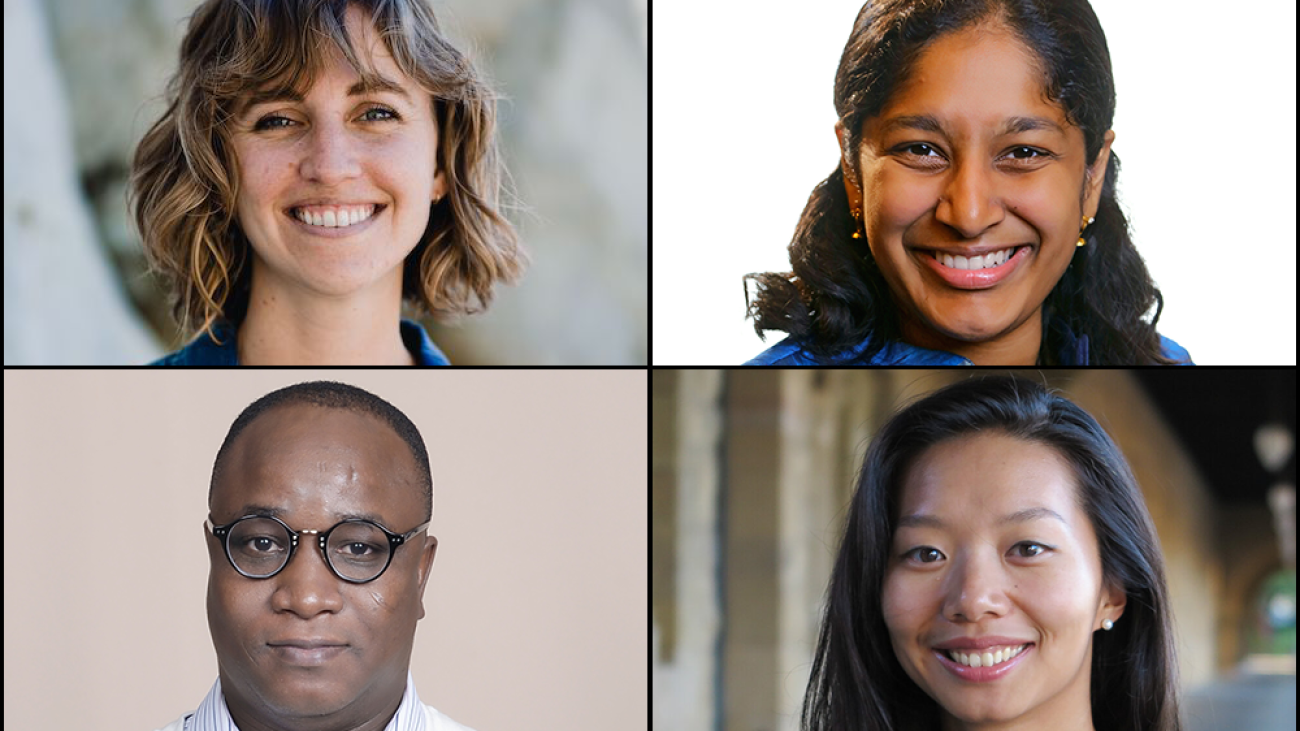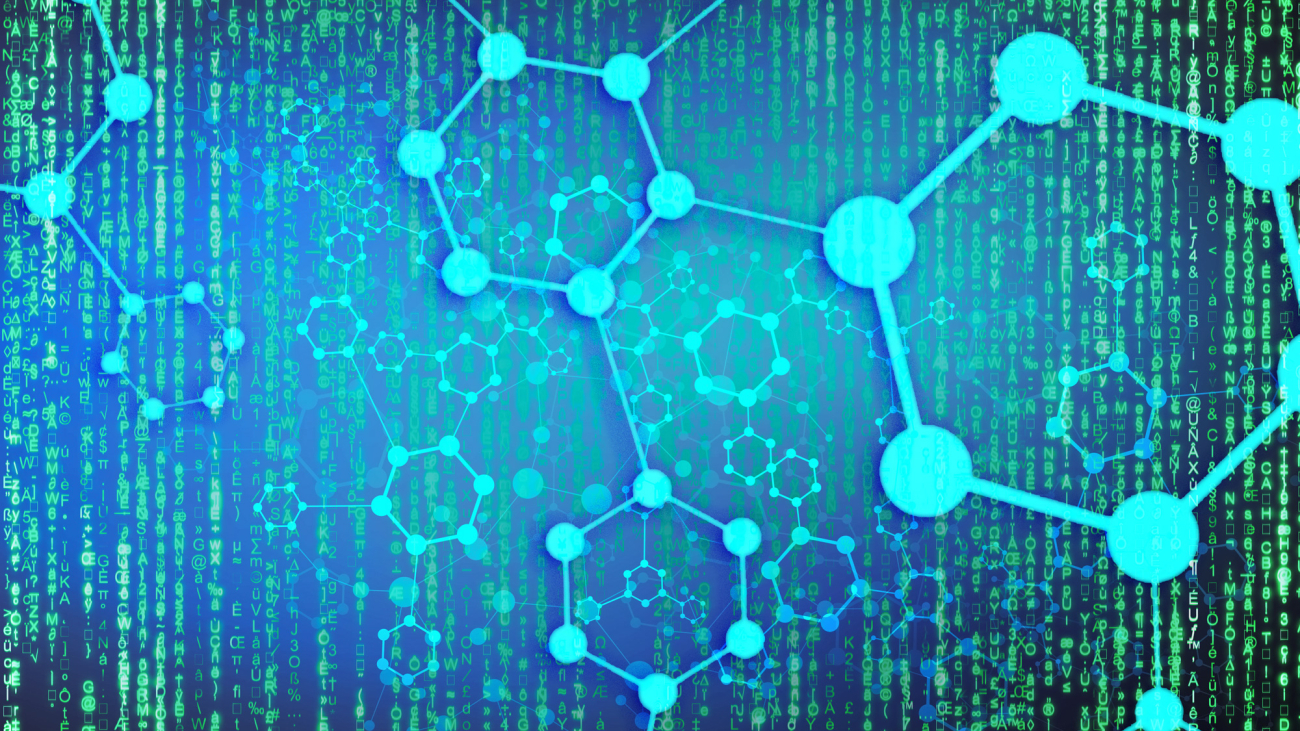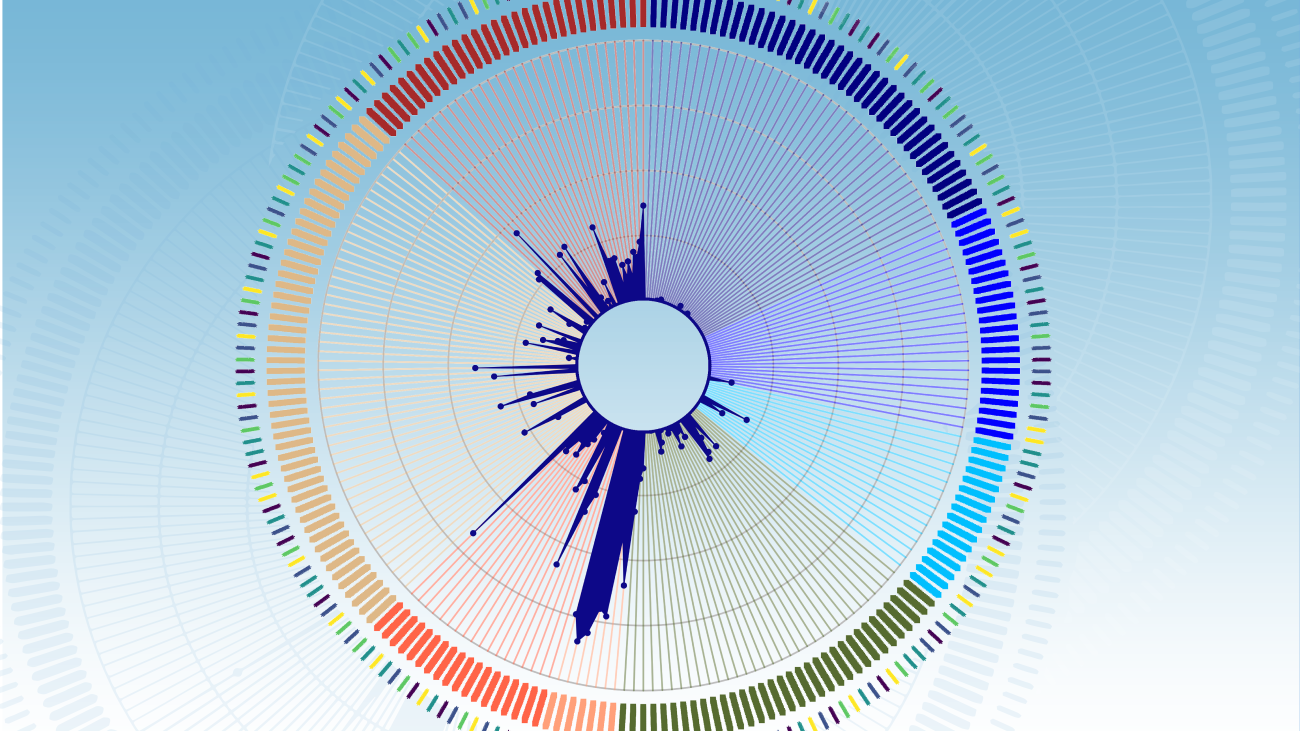The health of the planet is one of the most important challenges facing humankind today. From climate change to unsafe levels of air and water pollution to coastal and agricultural land erosion, a number of serious challenges threaten human and ecosystem health.
Ensuring the health and safety of our planet necessitates approaches that connect scientific, engineering, social, economic, and political aspects. New computational methods can play a critical role by providing data-driven models and solutions for cleaner air, usable water, resilient food, efficient transportation systems, better-preserved biodiversity, and sustainable sources of energy.
The MIT Schwarzman College of Computing is committed to hiring multiple new faculty in computing for climate and the environment, as part of MIT’s plan to recruit 20 climate-focused faculty under its climate action plan. This year the college undertook searches with several departments in the schools of Engineering and Science for shared faculty in computing for health of the planet, one of the six strategic areas of inquiry identified in an MIT-wide planning process to help focus shared hiring efforts. The college also undertook searches for core computing faculty in the Department of Electrical Engineering and Computer Science (EECS).
The searches are part of an ongoing effort by the MIT Schwarzman College of Computing to hire 50 new faculty — 25 shared with other academic departments and 25 in computer science and artificial intelligence and decision-making. The goal is to build capacity at MIT to help more deeply infuse computing and other disciplines in departments.
Four interdisciplinary scholars were hired in these searches. They will join the MIT faculty in the coming year to engage in research and teaching that will advance physical understanding of low-carbon energy solutions, Earth-climate modeling, biodiversity monitoring and conservation, and agricultural management through high-performance computing, transformational numerical methods, and machine-learning techniques.
“By coordinating hiring efforts with multiple departments and schools, we were able to attract a cohort of exceptional scholars in this area to MIT. Each of them is developing and using advanced computational methods and tools to help find solutions for a range of climate and environmental issues,” says Daniel Huttenlocher, dean of the MIT Schwarzman College of Computing and the Henry Warren Ellis Professor of Electrical Engineering and Computer Science. “They will also help strengthen cross-departmental ties in computing across an important, critical area for MIT and the world.”
“These strategic hires in the area of computing for climate and the environment are an incredible opportunity for the college to deepen its academic offerings and create new opportunity for collaboration across MIT,” says Anantha P. Chandrakasan, dean of the MIT School of Engineering and the Vannevar Bush Professor of Electrical Engineering and Computer Science. “The college plays a pivotal role in MIT’s overarching effort to hire climate-focused faculty — introducing the critical role of computing to address the health of the planet through innovative research and curriculum.”
The four new faculty members are:
Sara Beery will join MIT as an assistant professor in the Faculty of Artificial Intelligence and Decision-Making in EECS in September 2023. Beery received her PhD in computing and mathematical sciences at Caltech in 2022, where she was advised by Pietro Perona. Her research focuses on building computer vision methods that enable global-scale environmental and biodiversity monitoring across data modalities, tackling real-world challenges including strong spatiotemporal correlations, imperfect data quality, fine-grained categories, and long-tailed distributions. She partners with nongovernmental organizations and government agencies to deploy her methods in the wild worldwide and works toward increasing the diversity and accessibility of academic research in artificial intelligence through interdisciplinary capacity building and education.
Priya Donti will join MIT as an assistant professor in the faculties of Electrical Engineering and Artificial Intelligence and Decision-Making in EECS in academic year 2023-24. Donti recently finished her PhD in the Computer Science Department and the Department of Engineering and Public Policy at Carnegie Mellon University, co-advised by Zico Kolter and Inês Azevedo. Her work focuses on machine learning for forecasting, optimization, and control in high-renewables power grids. Specifically, her research explores methods to incorporate the physics and hard constraints associated with electric power systems into deep learning models. Donti is also co-founder and chair of Climate Change AI, a nonprofit initiative to catalyze impactful work at the intersection of climate change and machine learning that is currently running through the Cornell Tech Runway Startup Postdoc Program.
Ericmoore Jossou will join MIT as an assistant professor in a shared position between the Department of Nuclear Science and Engineering and the faculty of electrical engineering in EECS in July 2023. He is currently an assistant scientist at the Brookhaven National Laboratory, a U.S. Department of Energy-affiliated lab that conducts research in nuclear and high energy physics, energy science and technology, environmental and bioscience, nanoscience, and national security. His research at MIT will focus on understanding the processing-structure-properties correlation of materials for nuclear energy applications through advanced experiments, multiscale simulations, and data science. Jossou obtained his PhD in mechanical engineering in 2019 from the University of Saskatchewan.
Sherrie Wang will join MIT as an assistant professor in a shared position between the Department of Mechanical Engineering and the Institute for Data, Systems, and Society in academic year 2023-24. Wang is currently a Ciriacy-Wantrup Postdoctoral Fellow at the University of California at Berkeley, hosted by Solomon Hsiang and the Global Policy Lab. She develops machine learning for Earth observation data. Her primary application areas are improving agricultural management and forecasting climate phenomena. She obtained her PhD in computational and mathematical engineering from Stanford University in 2021, where she was advised by David Lobell.





